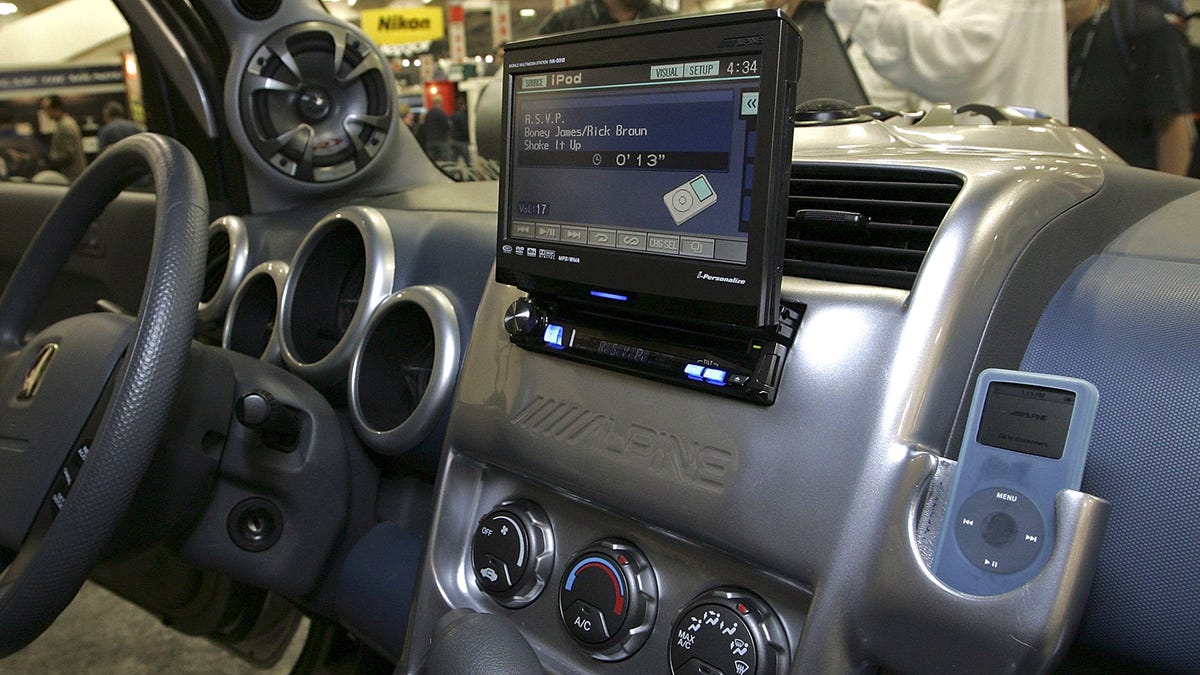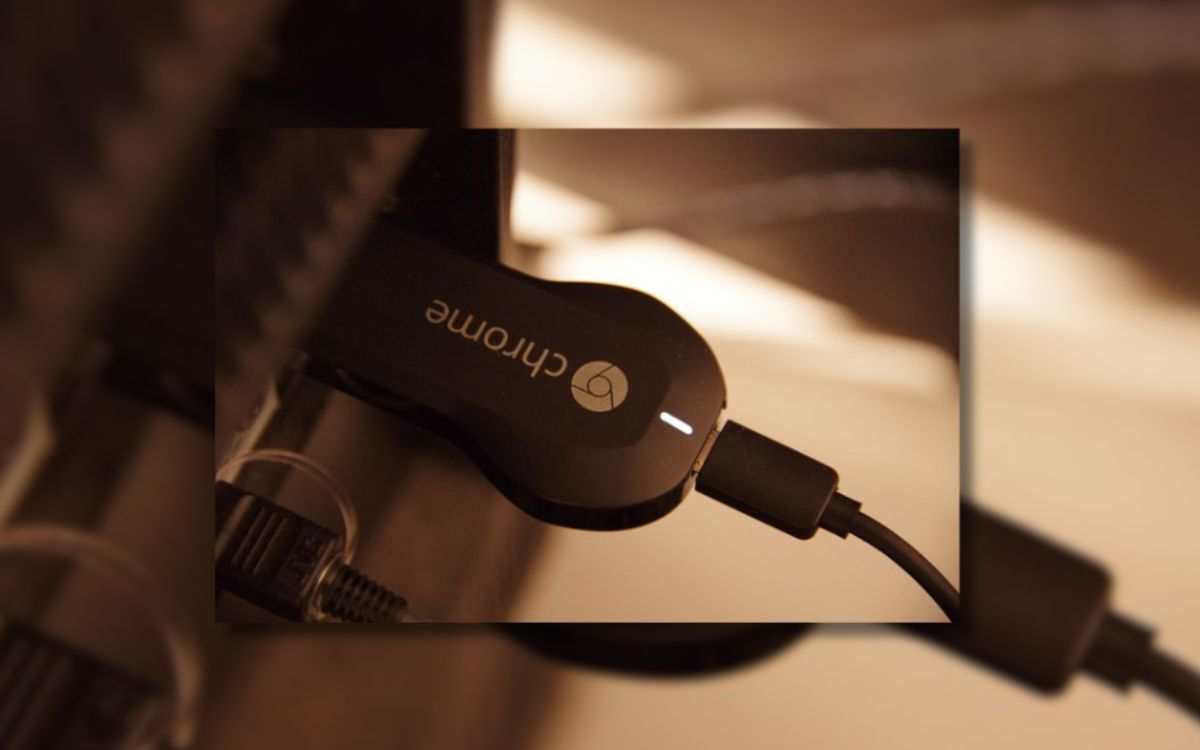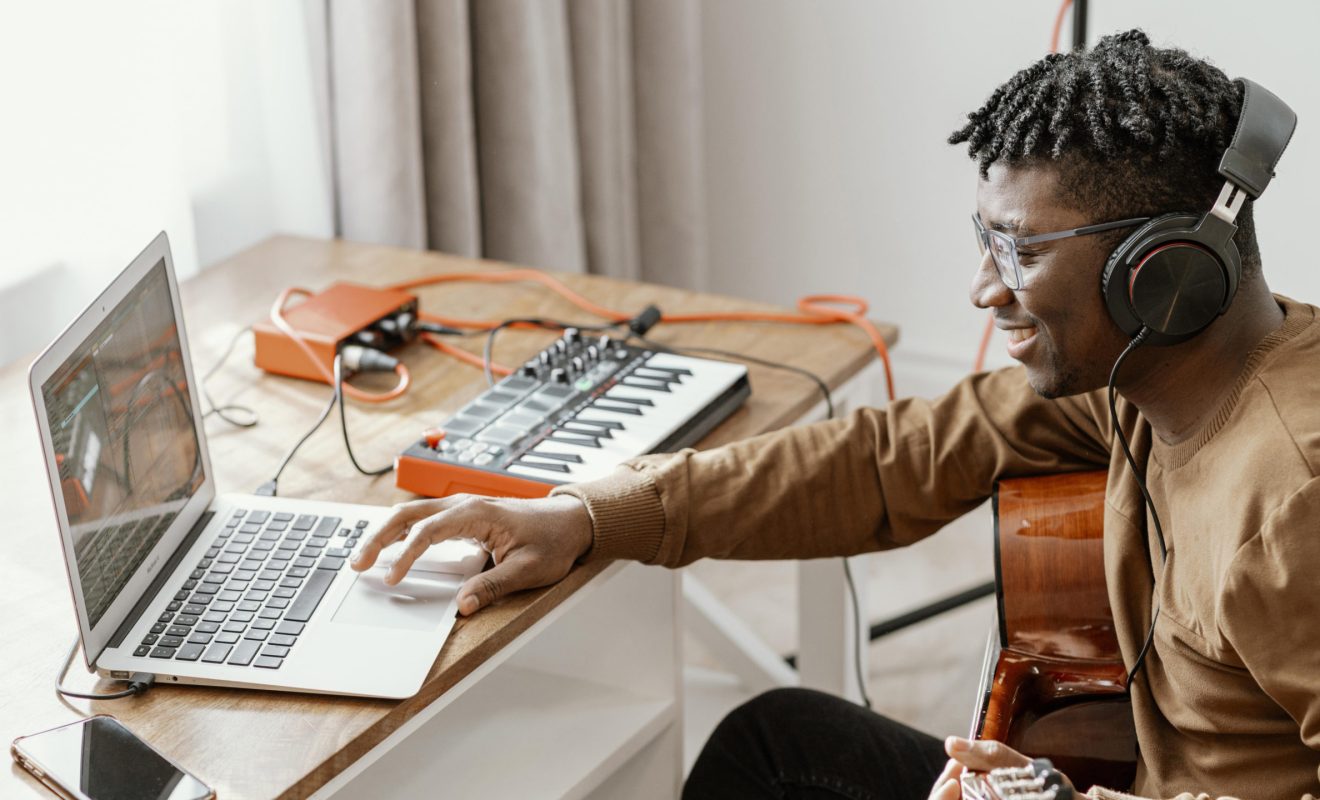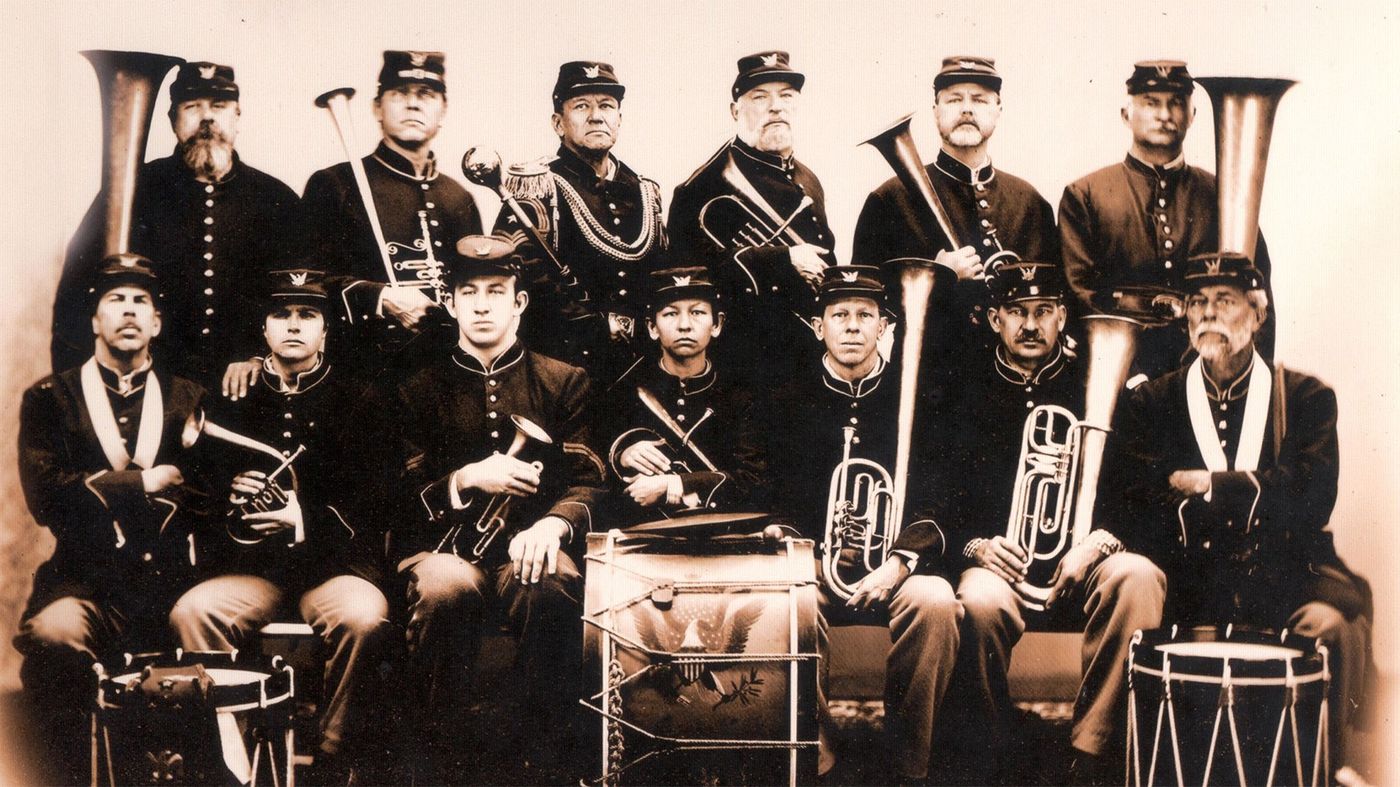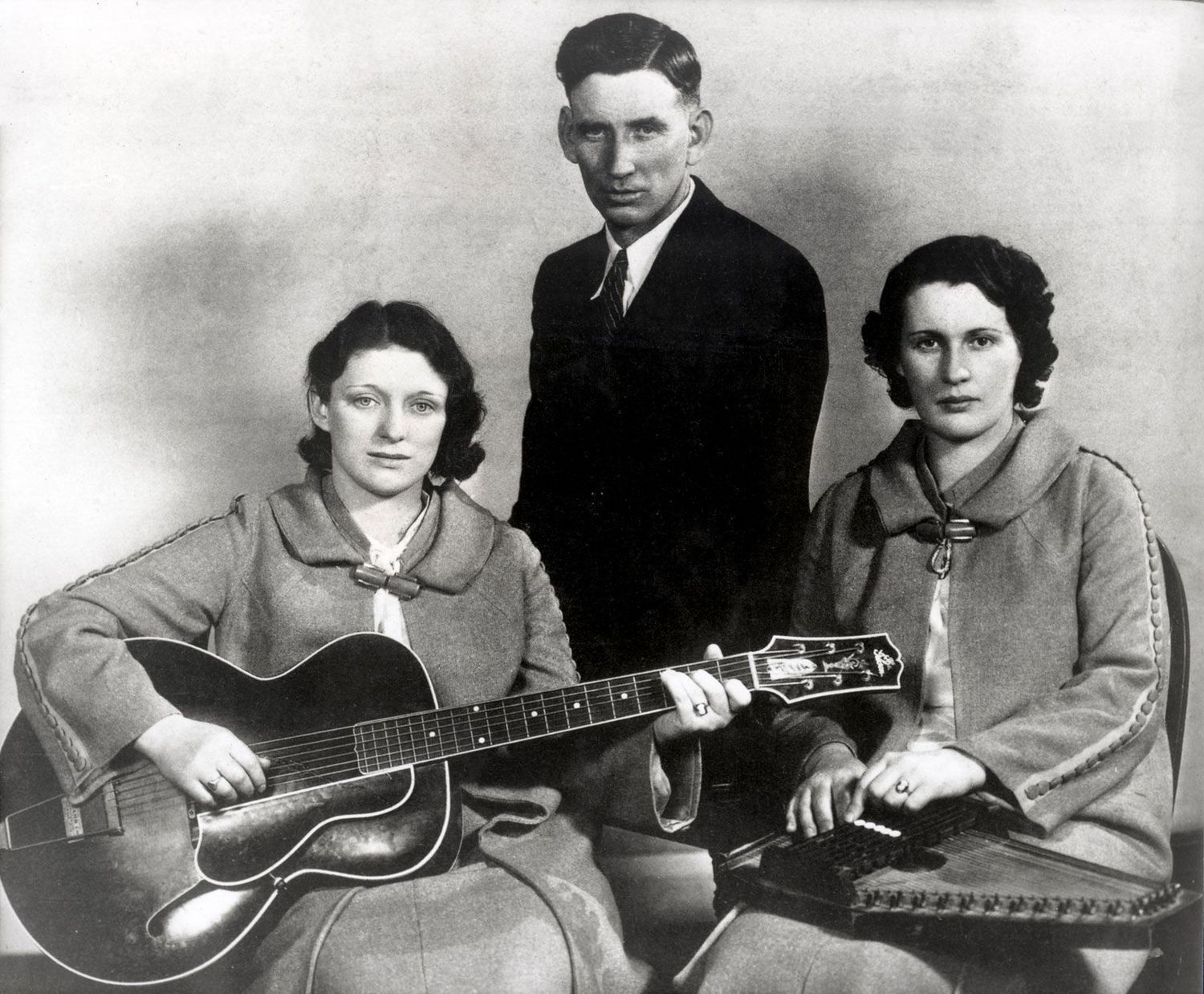Home>Devices & Equipment>Microphone>How To Play Music Through Microphone
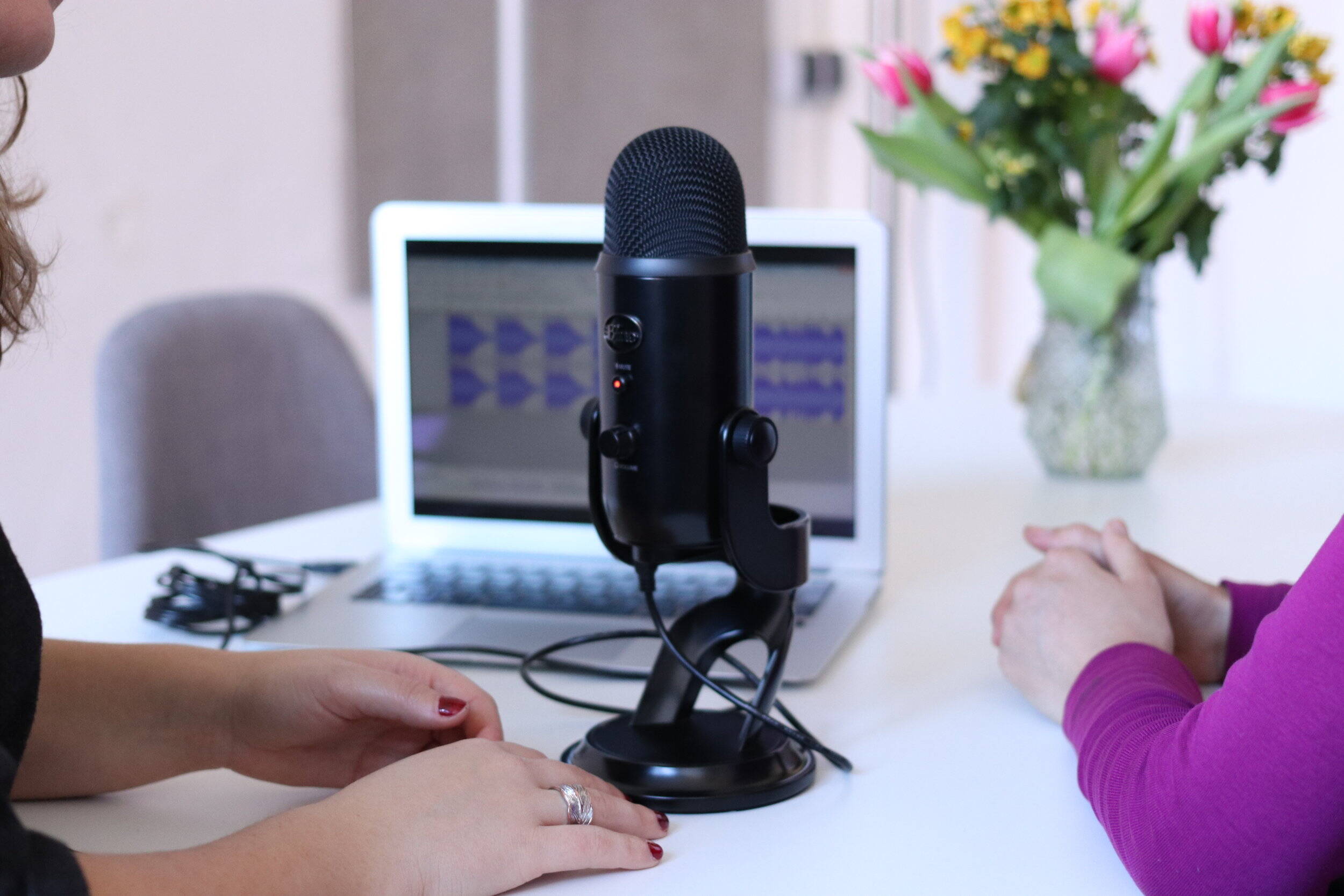

Microphone
How To Play Music Through Microphone
Published: February 17, 2024
Learn how to play music through a microphone and enhance your audio experience. Discover the best ways to utilize your microphone for music playback.
(Many of the links in this article redirect to a specific reviewed product. Your purchase of these products through affiliate links helps to generate commission for AudioLover.com, at no extra cost. Learn more)
Table of Contents
Introduction
Welcome to the exciting world of playing music through a microphone! Whether you're a performer, a podcaster, or simply someone who loves to share music with friends, understanding how to play music through a microphone can significantly enhance your audio experience. By leveraging the right equipment, making the necessary connections, and optimizing settings, you can achieve high-quality sound that resonates with your audience.
Playing music through a microphone opens up a realm of possibilities, allowing you to amplify the melodies of your favorite songs, add a personal touch to live performances, or even host virtual concerts. This article will guide you through the process of selecting the right microphone, connecting it to your device, adjusting settings for optimal sound quality, and troubleshooting common issues that may arise. Whether you're a novice or an experienced enthusiast, this comprehensive guide will equip you with the knowledge and skills to elevate your music-playing endeavors.
So, let's dive in and explore the fascinating journey of playing music through a microphone, unlocking the potential to captivate and enthrall your audience with the power of sound.
Choosing the Right Microphone
When it comes to playing music through a microphone, selecting the appropriate microphone is crucial for achieving the desired audio quality. With a myriad of options available, it’s essential to consider the specific requirements of your musical endeavors and the environment in which you’ll be using the microphone.
1. Microphone Types: There are various types of microphones, each catering to different purposes. For capturing the nuances of music, condenser microphones are often preferred due to their sensitivity and ability to reproduce detailed sound. Dynamic microphones, on the other hand, are known for their durability and suitability for live performances.
2. Polar Patterns: Understanding the polar patterns of microphones is essential. For solo performances or situations where you want to capture sound from a specific direction, a unidirectional microphone, such as a cardioid or supercardioid microphone, is ideal. On the other hand, omnidirectional microphones capture sound from all directions and are suitable for capturing ambient sounds or group performances.
3. Frequency Response: Consider the frequency range of the microphone, especially if you’re playing a wide variety of musical genres. A microphone with a broad frequency response can accurately capture the nuances of different instruments and vocal ranges.
4. Sensitivity and SPL Handling: For capturing subtle details in music, a microphone with high sensitivity is beneficial. Additionally, if you anticipate high sound pressure levels (SPL) in your performances, ensure that the microphone can handle such levels without distortion.
5. Connection Type: Whether you opt for a USB microphone for direct connectivity to your computer or a traditional XLR microphone for use with audio interfaces and mixers, the connection type should align with your setup and preferences.
By carefully considering these factors and conducting thorough research, you can select a microphone that complements your musical style and technical requirements, setting the stage for an immersive and captivating audio experience.
Connecting the Microphone to Your Device
Once you’ve chosen the right microphone for playing music, the next step is to establish a seamless connection between the microphone and your device. The method of connection may vary based on the type of microphone and the device you intend to use for playing music. Here’s a guide to connecting the microphone to different types of devices:
1. For Computers and Laptops:
– USB Microphones: USB microphones offer a convenient plug-and-play solution. Simply connect the USB cable from the microphone to an available USB port on your computer or laptop. Once connected, the device should recognize the microphone, allowing you to select it as the audio input source in your preferred software or system settings.
– XLR Microphones: If you’re using an XLR microphone, you’ll need an audio interface or an XLR-to-USB adapter. Connect the XLR cable from the microphone to the audio interface or adapter, and then use a USB cable to connect the interface or adapter to your computer. The audio interface serves as a bridge between the analog signal from the microphone and the digital input of your computer, enabling you to capture high-quality audio.
-
For Mobile Devices:
- Smartphone/Tablet: Many modern microphones offer compatibility with mobile devices. For microphones with a USB connection, you can use a USB OTG (On-The-Go) adapter to connect the microphone directly to your smartphone or tablet. Alternatively, microphones with a 3.5mm TRRS connector can be plugged directly into the headphone jack of compatible mobile devices.
-
For Audio Mixers and PA Systems:
- XLR Microphones: When connecting a microphone to an audio mixer or PA system, use an XLR cable to establish the connection. Locate the XLR input on the mixer or PA system and connect the microphone accordingly. Ensure that the input gain and other settings on the mixer or system are adjusted to accommodate the microphone's signal.
Regardless of the device you're using, it's essential to verify the input settings and levels to ensure that the microphone is properly recognized and configured for optimal performance. Once the connection is established, you're ready to embark on a musical journey, harnessing the power of your microphone to amplify and enrich the soundscape.
Adjusting Settings for Best Sound Quality
After connecting the microphone to your device, it’s crucial to fine-tune the settings to achieve the best possible sound quality. The following adjustments will help optimize the audio output and ensure a captivating listening experience:
1. Input Levels: Adjust the input levels of the microphone to prevent distortion and maintain a balanced audio signal. Most devices and software interfaces feature input level controls that allow you to set the appropriate gain for the microphone. Aim to capture a strong, clear signal without allowing the input levels to peak into the red, which may result in clipping and distortion.
2. Equalization (EQ): Depending on the characteristics of the music you’re playing and the tonal qualities of the microphone, consider applying equalization to enhance the overall sound. EQ adjustments can help accentuate certain frequencies, reduce unwanted noise, and tailor the audio output to suit the specific nuances of the music.
3. Room Acoustics: Take into account the acoustic properties of the room or performance space. If possible, mitigate reverberations, echoes, and ambient noise that may affect the clarity of the music. Acoustic treatments, such as sound-absorbing panels or strategically placed furnishings, can contribute to a more controlled and favorable acoustic environment.
4. Monitoring: Utilize headphones or monitor speakers to listen to the live audio feed from the microphone. Monitoring allows you to assess the sound quality in real time, make on-the-fly adjustments, and ensure that the music is being captured faithfully without any undesirable artifacts or anomalies.
5. Software Enhancements: If you’re using audio recording or editing software, explore additional enhancements such as reverb, compression, and noise reduction to refine the audio output. These software-based tools can further polish the music and enrich its sonic character.
By meticulously adjusting these settings and paying attention to the sonic details, you can elevate the sound quality of the music being played through the microphone, delivering an immersive and captivating auditory experience to your audience.
Playing Music Through the Microphone
Now that you’ve set up your microphone and fine-tuned the settings, it’s time to delve into the exhilarating process of playing music through the microphone. Whether you’re a musician, DJ, or simply an enthusiast looking to share your favorite tunes, the following steps will guide you through the seamless integration of music with your microphone:
1. Live Performances:
– If you’re a musician or vocalist, positioning the microphone correctly is crucial for capturing the nuances of your performance. Ensure that the microphone is placed at an optimal distance and angle to capture the sound of your instrument or voice without distortion or loss of clarity. Experiment with different placements to find the sweet spot that accentuates the musical elements you want to highlight.
– For live vocal performances, consider utilizing a pop filter to minimize plosive sounds and a microphone stand to maintain a consistent distance from the vocalist, facilitating a uniform sound projection.
2. DJ Sets and Mixing:
– When playing music through the microphone during DJ sets or mixing sessions, seamlessly integrate the microphone cues and announcements with the music. Use the microphone to engage with the audience, introduce tracks, or add vocal effects to enhance the overall experience. Ensure that the microphone’s volume is balanced with the music to maintain a cohesive and harmonious blend.
3. Virtual Platforms and Streaming:
– In virtual settings, such as online concerts, live streams, or virtual gatherings, playing music through the microphone requires consideration of the audio transmission method. Whether you’re using conferencing software, streaming platforms, or virtual event platforms, verify the audio settings and ensure that the microphone input is optimized for high-quality audio transmission.
4. Recording and Production:
– If you’re recording music or producing content, playing music through the microphone involves capturing pristine audio that can be further processed and refined. Leverage the microphone to record instruments, vocals, or ambient sounds, harnessing its capabilities to preserve the authenticity and emotion of the music.
By seamlessly integrating music with the microphone, you have the power to amplify the impact of your performances, engage with your audience, and immortalize the essence of your musical expressions. Embrace the versatility of your microphone as a conduit for sharing the beauty of music with the world, enriching the sonic landscape with your unique creative endeavors.
Troubleshooting
While playing music through a microphone can be a rewarding experience, it’s not uncommon to encounter technical challenges along the way. Understanding common issues and knowing how to troubleshoot them can help maintain a seamless audio performance. Here are some troubleshooting steps to address potential concerns:
1. Excessive Background Noise:
– If you notice unwanted background noise or interference, assess the environment for potential sources of noise, such as fans, air conditioning units, or electronic devices. Consider relocating the microphone or implementing noise reduction techniques in your recording or performance setup.
-
Feedback and Microphone Placement:
- Feedback, characterized by a high-pitched squeal or howl, can occur when the microphone picks up its own output from speakers or monitors. To mitigate feedback, ensure that the microphone is positioned away from speakers and monitor sources. Experiment with microphone placement and orientation to minimize the risk of feedback.
-
Distorted or Muffled Sound:
- If the music played through the microphone sounds distorted or muffled, verify the input levels and gain settings. Adjust the input levels to prevent signal clipping and ensure that the microphone is capturing a clear and balanced audio signal.
-
Connection Issues:
- If the microphone is not being recognized by your device, double-check the connections and cables. For USB microphones, try using a different USB port or cable. If using an audio interface, confirm that the drivers are installed and updated for seamless connectivity.
-
Software Configuration:
- In the case of software-based issues, such as latency or compatibility issues, review the settings within your recording or streaming software. Ensure that the microphone is selected as the input device and that the sample rate and buffer settings are optimized for smooth operation.
-
Power and Phantom Power:
- For condenser microphones requiring phantom power, confirm that the phantom power source, such as an audio interface or mixer, is activated. Additionally, check the battery or power source for dynamic microphones to ensure uninterrupted operation.
By addressing these common troubleshooting scenarios, you can proactively resolve technical hitches and maintain a seamless music-playing experience through your microphone. Embracing a systematic approach to identifying and resolving issues will empower you to navigate potential challenges with confidence, ensuring that the magic of music remains unhindered by technical obstacles.
Conclusion
Embarking on the journey of playing music through a microphone opens a world of sonic possibilities, enabling you to share your musical talent, engage with audiences, and capture the essence of live performances. As you navigate the intricacies of selecting the right microphone, establishing connections, adjusting settings, and troubleshooting technical concerns, you gain valuable insights into the art and science of audio amplification. The synergy between your musical expressions and the capabilities of the microphone transcends mere sound reproduction, fostering a profound connection between the artist and the listener.
By carefully choosing a microphone that aligns with your artistic vision, you lay the foundation for authentic and compelling musical experiences. Whether you’re a solo performer, a DJ orchestrating seamless transitions, or a content creator shaping sonic landscapes, the microphone becomes your conduit for channeling creativity and emotion into the realm of sound.
As you fine-tune the settings to achieve optimal sound quality and seamlessly integrate music with the microphone, you harness the power to envelop your audience in a captivating auditory journey. The ability to troubleshoot technical challenges with poise and precision ensures that the purity of your musical expression remains unblemished, transcending obstacles to deliver a seamless and immersive sonic experience.
Ultimately, playing music through a microphone is not merely a technical endeavor; it is a testament to the artistry and passion that permeate the world of music. It is a testament to the artistry and passion that permeate the world of music. As you continue to explore and innovate, may the harmonious fusion of music and microphone echo the sentiments of your soul, resonating with audiences and leaving an indelible imprint on the tapestry of sound.
With each note, each beat, and each lyric, the microphone becomes an extension of your musical identity, amplifying the essence of your artistry and sharing it with the world. Embrace the journey, cherish the moments, and let the melodies flow through the microphone, transcending boundaries and enriching lives with the timeless allure of music.

